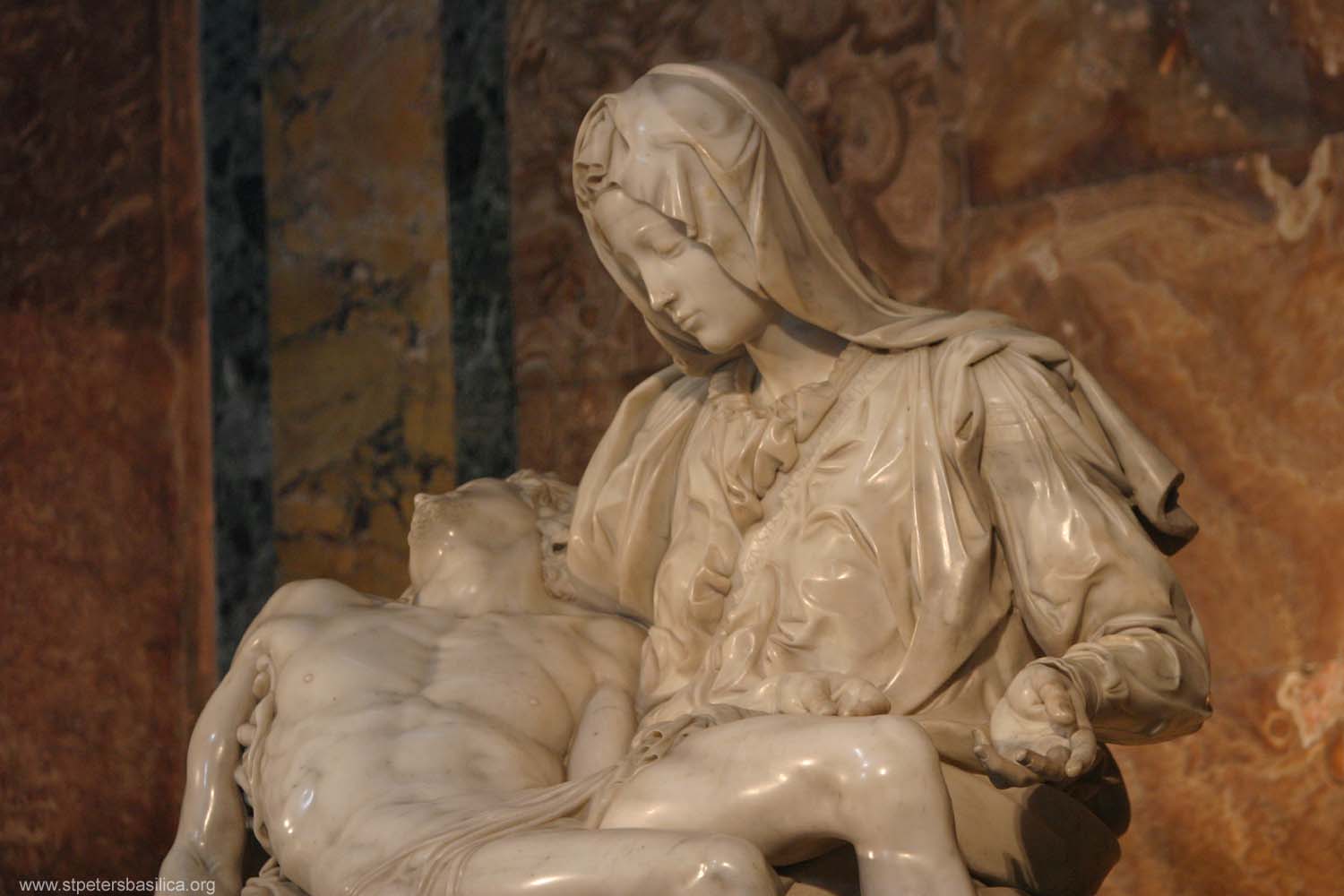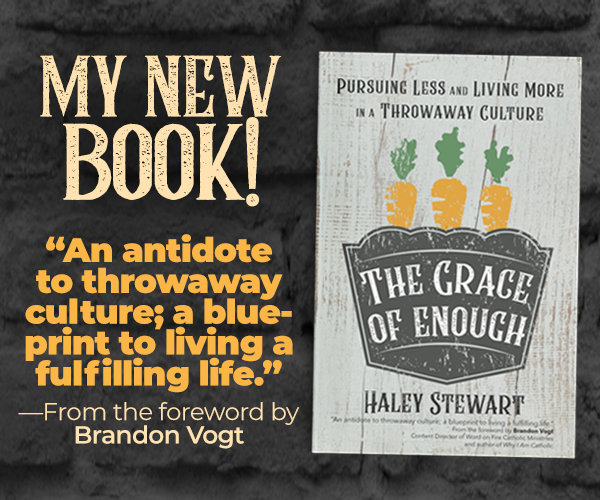Welcome to Carrots! I'm so glad you're here. This is where I share thoughts on liturgical living, faith, parenting, culture, and an extra dose of Jane Austen. You can sign up for my email newsletter here to stay in touch, or look me up on Instagram!
The Incarnation of Christ, celebrated in the liturgical season of Christmastide, takes on a richer significance for me with each passing year. The story of the Nativity is fuller, but undeniably more strange. It loses the saccharine quality of greeting cards and becomes complicated.
Christmas becomes more intricately connected to Holy Week and I’m reminded that the miracle of the Incarnation isn’t merely that Our Lord was born as a human on the very earth I walk on, but that He came in order that he might die. The wooden manger foreshadows the wooden cross where his life will be extinguished. The joyful songs of angels at Our Lord’s birth precede the agony of the heavenly hosts at his death. The wise men bring myrrh, perfumed ointments for funeral preparations, to point to Our Lord’s true purpose in visiting this planet. The ecstasy the Blessed Virgin must have experienced when she first beheld him brings to mind her unrivaled suffering as she watched his torturous Passion. It is all one. It is all connected—God’s unfathomable love and sacrifice for humanity.
In some artistic renderings of the Nativity scene (I have Giuseppe Vermiglio’s Nativity and Adoration of the Shepherds in mind), there is a strange image included in the stable. It is a lamb, but not a cuddly creature adoring the precious Baby Jesus. It is a lamb with its legs bound, the sacrificial lamb that will be taken to slaughter, reminding us, as St. John the Baptist does, that when we see the Christ Child we are beholding the Lamb of God who will carry our sins to the cross.
I had a strange experience at the Christmas Mass this year. We sang this beautiful hymn:
What child is this, who, laid to rest,
On Mary’s lap is sleeping?
Whom angels greet with anthems sweet,
While shepherds watch are keeping?
This, this is Christ the King,
Whom shepherds guard and angels sing:
Haste, haste to bring him laud,
The babe, the son of Mary.
In the past this song has always conjured an idyllic image of the Infant Christ contentedly snoozing in his mother’s arm. But when I heard the words this year, I did not think of Bethlehem, I saw Golgotha. I saw a grieving Mother Mary cradling the dead body of Our Lord. I saw the Pietà, Michelangelo’s masterpiece that cries out in its sorrow and beauty, Behold, God’s love for you.

The Nativity isn’t cute. It isn’t clean. The God of the Universe is born among animal dung right in the thick of humanity’s filth. He comes to give up everything, including his very life. But it is an undeniably beautiful scene because it is an image of God’s unwavering love. His coming is the moment all creation has waited for with tears and groaning, like a woman in labor. Everything hinges upon it.
The school shooting at Sandy Hook Elementary is by no means the only tragedy that occurred during this holiday season. But it has made us grapple with the meaning of Christmas. I love what Ross Douthat said in his piece, “The Loss of the Innocents”:
“…the Christmas story isn’t just the manger and the shepherds and the baby Jesus, meek and mild. The rage of Herod is there as well, and the slaughtered innocents of Bethlehem, and the myrrh that prepares bodies for the grave. The cross looms behind the stable — the shadow of violence, agony and death. In the leafless hills of western Connecticut, this is the only Christmas spirit that could possibly matter now.”
Perhaps if we did not suffer, we could just see the Nativity as merely heart-warming and leave it at that. But, in this our exile, we grasp at the truth of the Incarnation as we cling to the Cross where our Savior’s arms are outstretched crying out, “Behold, God’s love for you.” And this most grotesque and most beautiful of all images, the Crucifixion, is what makes the Incarnation our source of hope. The true King has come to offer himself as a sacrifice for us. To heal what is broken. To set all things right. His sacrifice, his death becomes his triumph and our salvation. Take heart, I have overcome the world. And knowing that, we can sing “Joy to the World” with full hearts.
image source: saintpetersbasilica.org

The “image source” link at the bottom needs updating– http://saintpetersbasilica.org/
Thanks, Christine
Great post, Haley! Your first paragraph drawing the connection between the manger and the cross reminded me of a book a woman used to read to the children in our church many Christmases. There are many places you can find the text online, but here is the book on Amazon: http://www.amazon.com/Tale-Three-Trees-Traditional-Folktale/dp/0745917437/ref=sr_1_1?s=books&ie=UTF8&qid=1356987071&sr=1-1&keywords=the+three+trees
It’d be a great one for your kids.
Thank you also for any and all mention of solidarity in the Sandy Hook tragedy. I live in the next town over and what has been most powerful is seeing the outpouring of support in and for our community.
I clearly need to get my hands on that book and add it to our Advent/Christmas stash. Thanks for the recommendation!
Didn’t know you were so close to Newtown. Thinking of and praying for your community!
You’re welcome…and thank you
Dear Haley,
Thank you for your thought-provoking post and for putting so beautifully into words what I always think and experience at this time.
I hope you had a blessed Christmas time and that your 2013 will be filled with joy and that unfailing hope that we have through Jesus Christ and his sacrifice of love.
A big hug from Spain.
Thank you, Miriam! What a beautiful hope for the new year.